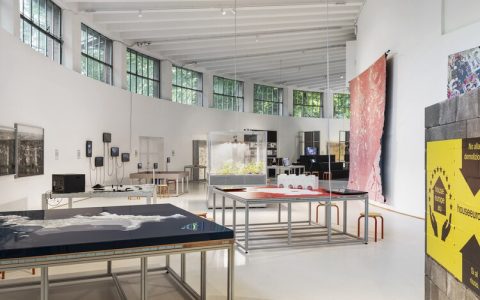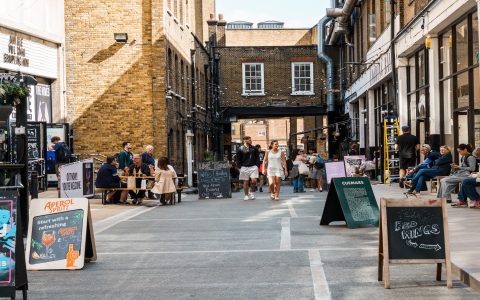Sottsass architecture transcends mere functionality, embracing bold forms and symbolic meaning. Ettore Sottsass Jr. (1917-2007), central to the Memphis Group, championed design as emotional communication.
Core Principles
Radical Approach: Rejecting modernist minimalism, Sottsass favored expressive, often provocative forms. Buildings became vessels for narrative and cultural commentary, not just utility.
Material & Color: He employed vibrant, often clashing colors and unconventional material combinations. Ceramic tiles, terracotta, industrial elements, and plastic were used to create tactile and visually charged surfaces.

Playful Geometry: Simplified geometric shapes – cylinders, pyramids, blocks – were distorted, stacked, and juxtaposed unexpectedly. Symmetry was rare; dynamism and surprise were key.
Context & Symbolism: Architecture interacted critically with its surroundings and often incorporated symbolic references to history, culture, or technology, challenging conventional interpretations.
Key Architectural Elements
- Emphasis on Facade: Elevations function like expressive masks, using pattern, color, and unique fenestration (window arrangements) as primary communication tools.
- Reinterpreted Structures: Columns might be oversized, colored, or purely decorative. Entrances become theatrical portals.
- Spatial Complexity: While forms might look simple, internal circulation and spatial relationships often create unexpected journeys and views.
- Human Scale Interaction: Despite boldness, details and material choices aimed to create engaging, human-centric experiences.
Iconic Examples (Illustrating Concepts)
- Malaparte House Collaboration (Renovation Influence): Demonstrated Sottsass's penchant for primal forms integrated dramatically with landscape, valuing atmosphere over comfort.
- Wolf House (Ridgeway, CT, 1989): A vibrant cluster of geometric volumes – cones, cylinders, blocks – showcasing primary colors and complex materiality against nature.
- Băneşti Cultural Center (Romania, 1990s): A pyramid structure topped with geometric forms and adorned with ceramic tile patterns, embodying symbolic monumentality.
Legacy for Beginners
Sottsass's architecture prioritized emotional resonance and intellectual provocation over functionalist dogma. His work demonstrates:
- Buildings can be powerful symbols.
- Color and pattern are essential architectural languages.
- Rules exist to be challenged to create meaningful, human-centered environments.
- Architecture connects deeply to broader cultural and historical contexts.
To understand Sottsass is to understand architecture as a conversation starter, not just shelter.







